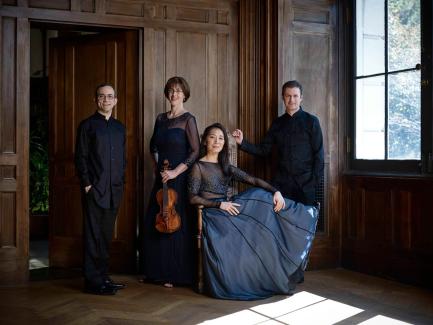About this program
When buyer James Lenox first saw J. M. W. Turner’s Staffa, Fingal’s Cave (1831–32), the painting’s “indistinctness” disappointed him. Whether Staffa’s dominating atmosphere or darkened color palette caused the displeasure, Turner’s first painting to enter an American collection fell flat. Jessikah Díaz considers Turner’s “indistinct” style as its own aesthetic category, one mediating his relationship between the shock and awe of Romanticism and the ordinariness of reality. By reconsidering Lenox’s comment, Díaz engages Turner’s “indistinct” Staffa with the period’s ambivalent attitude toward technological progress and its faint recognition of passing time.
About Jessikah Díaz
Jessikah Díaz is a PhD candidate in English at Yale, with certificates in the Environmental Humanities, and Women, Gender, and Sexuality Studies. Her research is interested in poetics, aesthetics, and why we’re so tired all the time. Her dissertation, The Poetics of Exhaustion, 1750–1830, tracks human and natural resource extraction in eighteenth- and nineteenth-century poetry. Her research has been supported by the MacMillan International Dissertation Research Fellowship Award, the Dean’s Emerging Scholars Award, the Beinecke Library, the Lewis Walpole Library, and a visiting research appointment at the University College London. Recently, Díaz taught a course on Romantic poetry and painting that brought artworks by J. M. W Turner and Joseph Wright of Derby into conversation with poems by Erasmus Darwin and Anna Barbauld, among others.
Art in Context
Presented by faculty, staff, student guides, and visiting scholars, these gallery talks focus on a particular work of art in the museum’s collections or special exhibitions through an in-depth look at its style, subject matter, technique, or time period.


